Latest Posts
How to Choose the Right Fire Tablet SD Card Size?
Running out of storage just as you’re about to download a movie can be frustrating. This is common, with 64% of tablet users experiencing storage issues within their first year. Although the Amazon Fire tablet offers some built-in storage, it fills up faster than expected due to apps, photos, and videos. Therefore, choosing the right SD card size is essential for expanding your tablet’s storage. Fire tablets support SD cards ranging from 32GB to 1TB, and the best size depends on your specific needs and usage patterns.
Storage Needs for Entertainment Users
Fire tablet users who enjoy entertainment content need substantial storage, especially if they download movies and shows for offline viewing.
Movie and TV Show Downloads
Video downloads eat up storage space rapidly. Each hour of standard-quality video needs about 500MB, while HD content takes more than 1GB per hour. You can download videos to your SD card from popular apps like Prime Video, Netflix, and Disney+.
Music Library Storage
Music files take up less space than videos. A song only requires a few megabytes, but libraries can grow over time. Here’s what different SD card sizes can store:
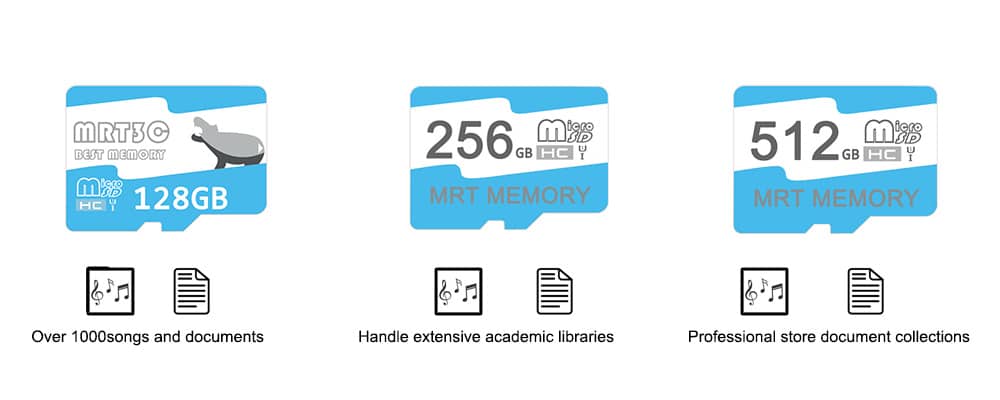
- 128GB sd card: Thousands of songs plus several movies
- 256GB sd card: Great for users who keep both music and video collections
- 512GB or higher: Best choice for big entertainment libraries
Gaming Storage Requirements
Mobile games need lots of storage space, which affects your SD card size choice. Gamers should get at least a 128GB or 256GB microSD card to fit multiple games. This gives enough room for several large games and other media files.Your Fire tablet SD card size matters for entertainment. Extra space beats constant storage management. Fire tablets work with cards up to 1TB, so you can grow your entertainment library without space concerns.
Storage for Productivity and Education
Fire tablet models offer about 55GB of usable internal storage. For work, education, or productivity, using the right SD card size is essential to handle documents, apps, and educational content.
Document and PDF Storage
The storage needs vary depending on the content type. You can easily move documents between devices if your SD card is formatted as portable storage. Here’s a breakdown of what different SD card sizes can handle:
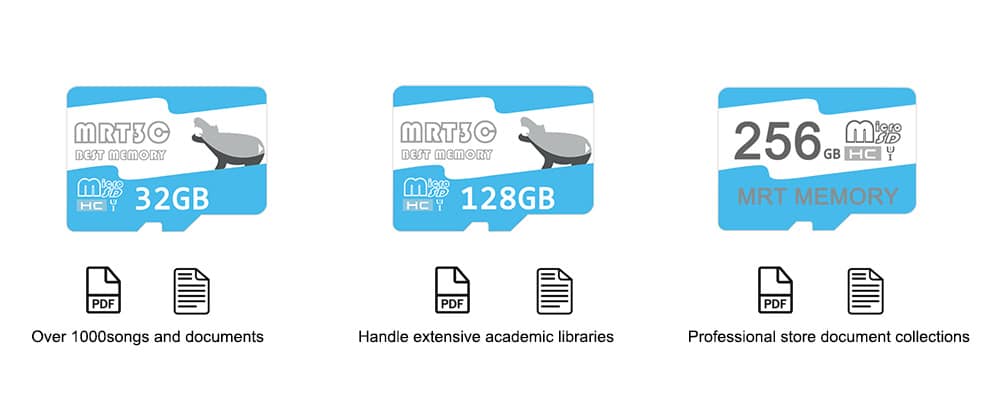
- Basic Documents: 32GB card to store thousands of PDFs and documents
- Research Materials: 128GB to handle extensive academic libraries
- Professional Archives: 256GB+ to store detailed document collections
Educational Apps and Content
Some educational apps may need to be installed directly on the SD card, so compatibility should be checked before transferring. A 256GB card or higher is a good choice for larger apps and educational materials.
Photo and Video Projects
Creative projects and video recordings consume significant storage. Fire tablet users enjoy free, unlimited photo storage at full resolution for pictures taken on the device. However, videos take up storage, so a larger SD card is necessary for video projects. A card formatted as internal storage is better for media projects. It ensures easy access and faster processing speeds. Cards with an A2 rating are ideal for multimedia apps, offering faster data processing for photo and video editing.
Family Sharing Considerations
Your Fire tablet’s storage needs careful planning for family use. Multiple family members sharing a device makes your SD card selection a vital decision.
Multiple User Profiles
Each profile on the Fire tablet handles its own storage, with content downloaded to the SD card accessible only to the profile that downloaded it. Therefore, it’s crucial to choose an SD card size that works for all users.
Shared Content Management
Profiles can share content in some cases. Photos and personal videos stay within the profile that downloaded them. However, files shared through USB or downloaded by adult profiles can be accessed by others. Careful management of shared resources helps avoid storage issues.
Parental Controls Effect
Parental controls affect how your Fire tablet uses storage. These controls can limit:
- Web browsing and email access
- Amazon Store purchases
- Prime Video content
- Apps and games
- Camera usage
- Location services
Child profiles require additional storage management, particularly for educational content and app compatibility. Larger SD cards handle the increased demands of multiple profiles and parental control features.
Optimizing Your SD Card Usage
Recommended SD Card Sizes Based on Usage
| Usage Scenario | Recommended SD Card Size | Key Considerations | Examples/Details |
|---|---|---|---|
| Entertainment (Movies/TV) | 128GB+ | – 500MB/hour (SD), 1GB+/hour (HD) | Apps: Prime Video, Netflix, Disney+ |
| Music Libraries | 128GB–512GB+ | – 128GB: Thousands of songs + movies – 256GB: Music + video collections – 512GB+: Large libraries |
Compatible with streaming/download apps (e.g., Spotify, Amazon Music) |
| Gaming | 128GB–256GB | – Large game files (5GB+ per game) – Performance may vary with card speed |
Avoid running apps directly from SD card for optimal speed |
| Productivity/Documents | 32GB–256GB+ | – 32GB: Basic docs/PDFs – 128GB: Research materials – 256GB+: Professional archives |
Use portable storage for easy file transfers |
| Educational Apps | 256GB+ | – Check app compatibility – Install large apps directly on SD card |
Format SD card as internal storage for app installation |
| Photo/Video Projects | 256GB+ (A2-rated) | – Unlimited photo storage (device originals) – HD video requires significant space |
Use internal storage formatting for faster access |
| Family Sharing | 256GB–1TB | – Multiple profiles – Shared content management – Parental controls limit access |
Child profiles may require extra storage for educational apps/media |
Effective organization and maintenance of your Fire tablet’s SD card will maximize its storage potential.
Content Organization Strategies
First, you need to choose a portable or internal storage format. Portable storage works best if you move content between devices. Internal storage lets you install apps directly on the card. Your files need proper structuring since Fire tablets only support the FAT32 file system.
Managing Apps vs Media
You should be strategic about SD card storage. Media files like photos and videos work well on any SD card. Apps running from SD cards might slow down performance. The fastest microSD cards are three times slower than internal storage for random read operations. For optimal performance:
- Store media files (photos, videos, music) on your SD card
- Keep frequently used apps on internal storage
- Use Auto Archive to manage rarely used apps
Regular Maintenance Tips
Regular maintenance ensures your tablet’s storage remains efficient and free from issues.
| Category | Recommendation | Additional Notes |
|---|---|---|
| Formatting | Format new SD cards before use (Settings > Storage) | – Portable storage: For file transfers – Internal storage: For app installation |
| File System | Use FAT32 format (Fire tablet default) | Limited to 4GB/file; split large video projects |
| App vs. Media Storage | – Store media (photos, videos) on SD card – Keep frequently used apps internally |
SD cards are 3x slower for random reads; avoid running apps directly from the card |
| Auto Archive Feature | Enable Auto Archive (removes unused apps after 60 days) | Frees up space without manual effort |
| Safe Removal | Eject via Settings > Storage to avoid corruption | Never remove the card while files are in use |
| Regular Maintenance | Use built-in storage tools to monitor usage and delete unused files | Clear cache and temporary files monthly |
| Card Speed | Use A2-rated cards for multimedia editing/performance | Prioritize UHS-I/U3 or higher for 4K video |
- New SD cards need formatting before use. Cards formatted as internal storage must also be re-formatted when switched between devices.
- Remove SD cards safely through Settings > Storage to avoid data corruption.
- Fire tablets offer built-in tools to help with storage management. The Auto Archive feature removes unused apps after 60 days, keeping storage levels in check without manual effort.
Conclusion
Choosing the right SD card size for your Fire tablet affects its performance. Whether for entertainment, productivity, or family sharing, your storage needs will change. Smart storage management ensures your tablet stays fast and functional. A well-selected SD card, paired with good organization, guarantees enough space without sacrificing performance. Don’t always opt for the largest card; make sure it suits how you use your tablet.

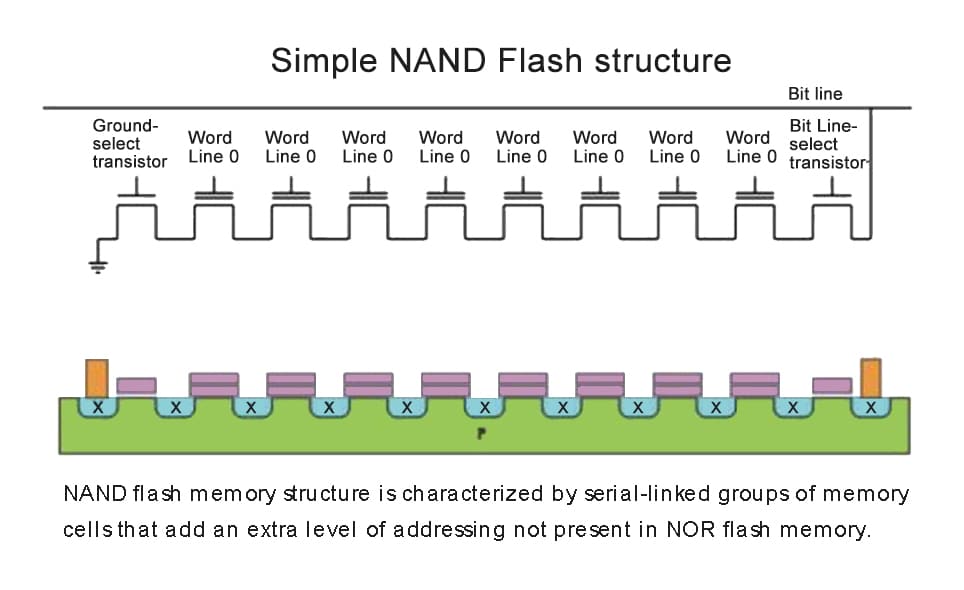
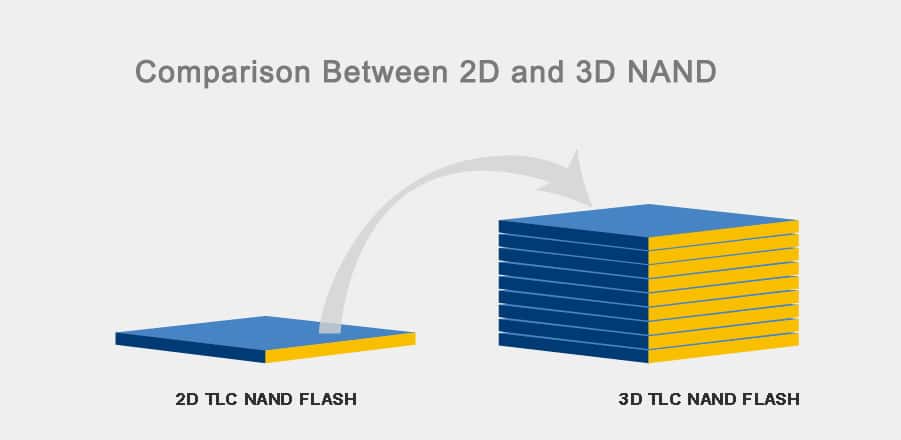
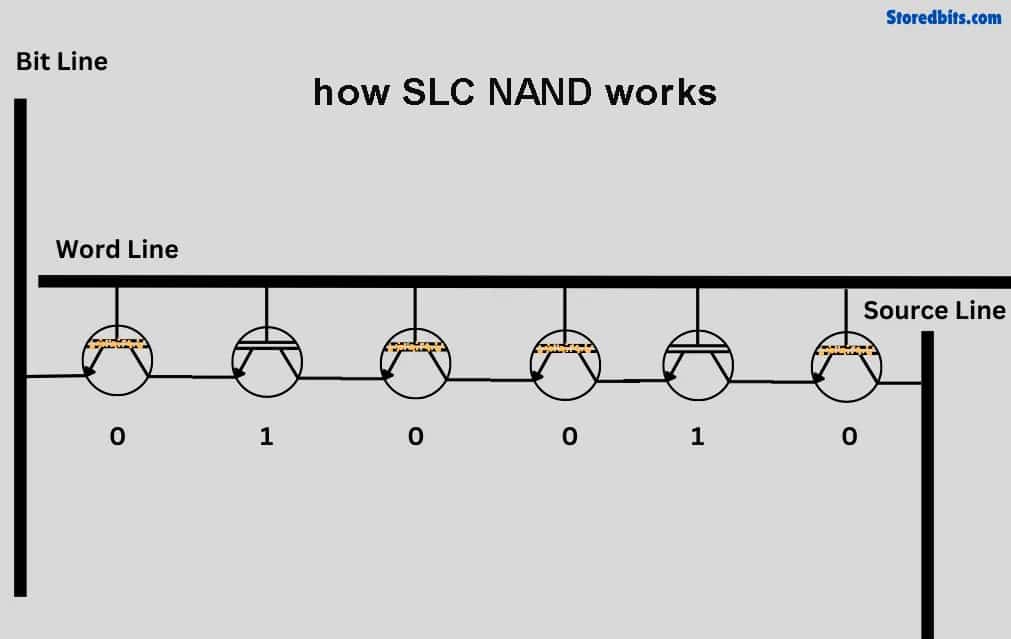
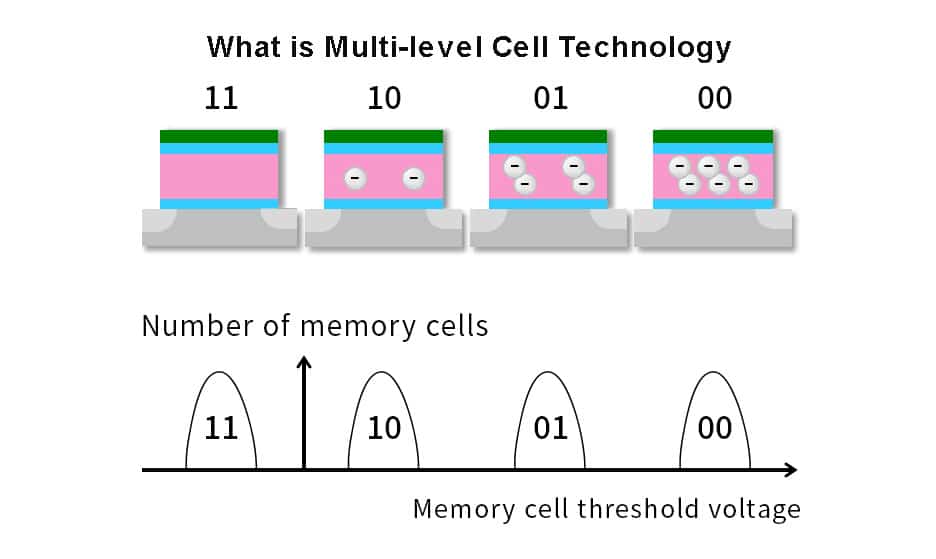
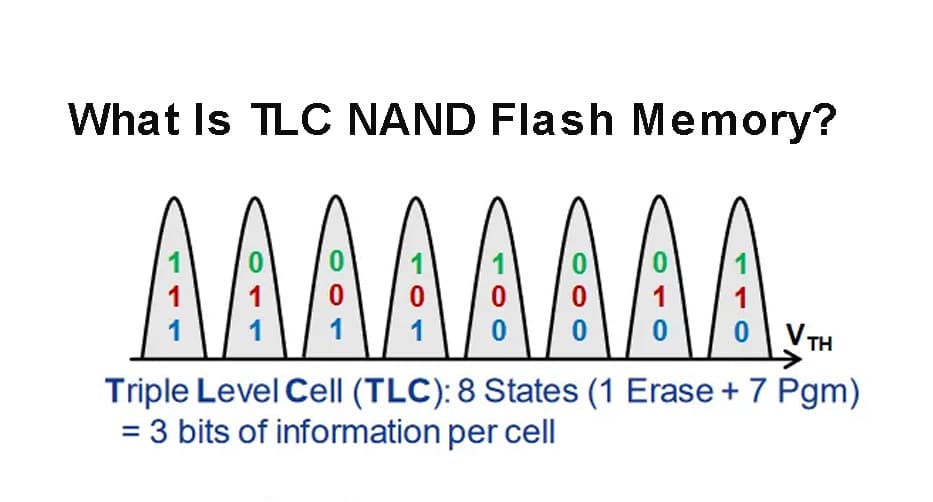
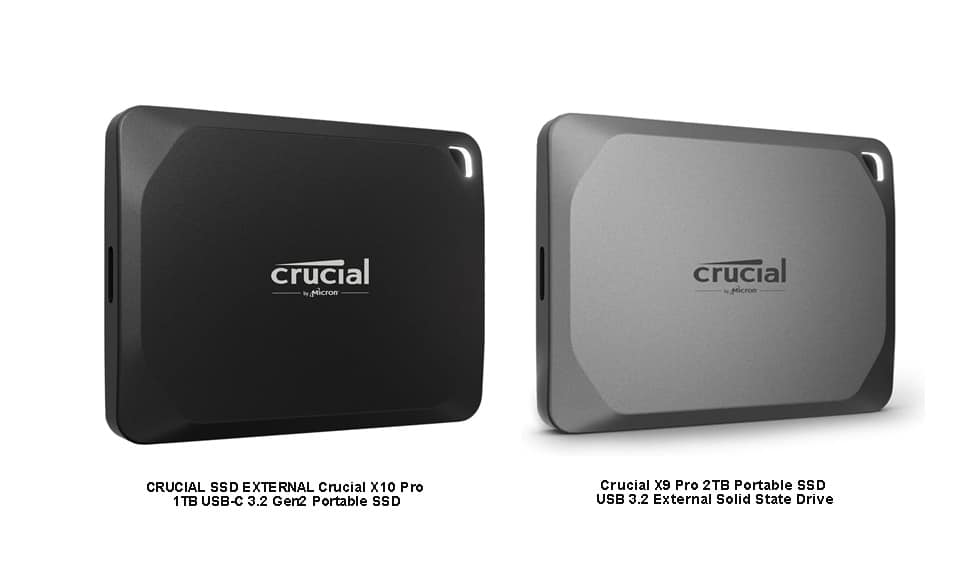
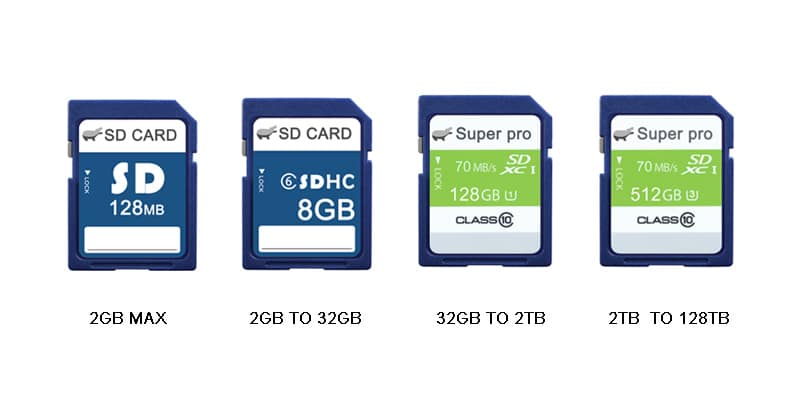
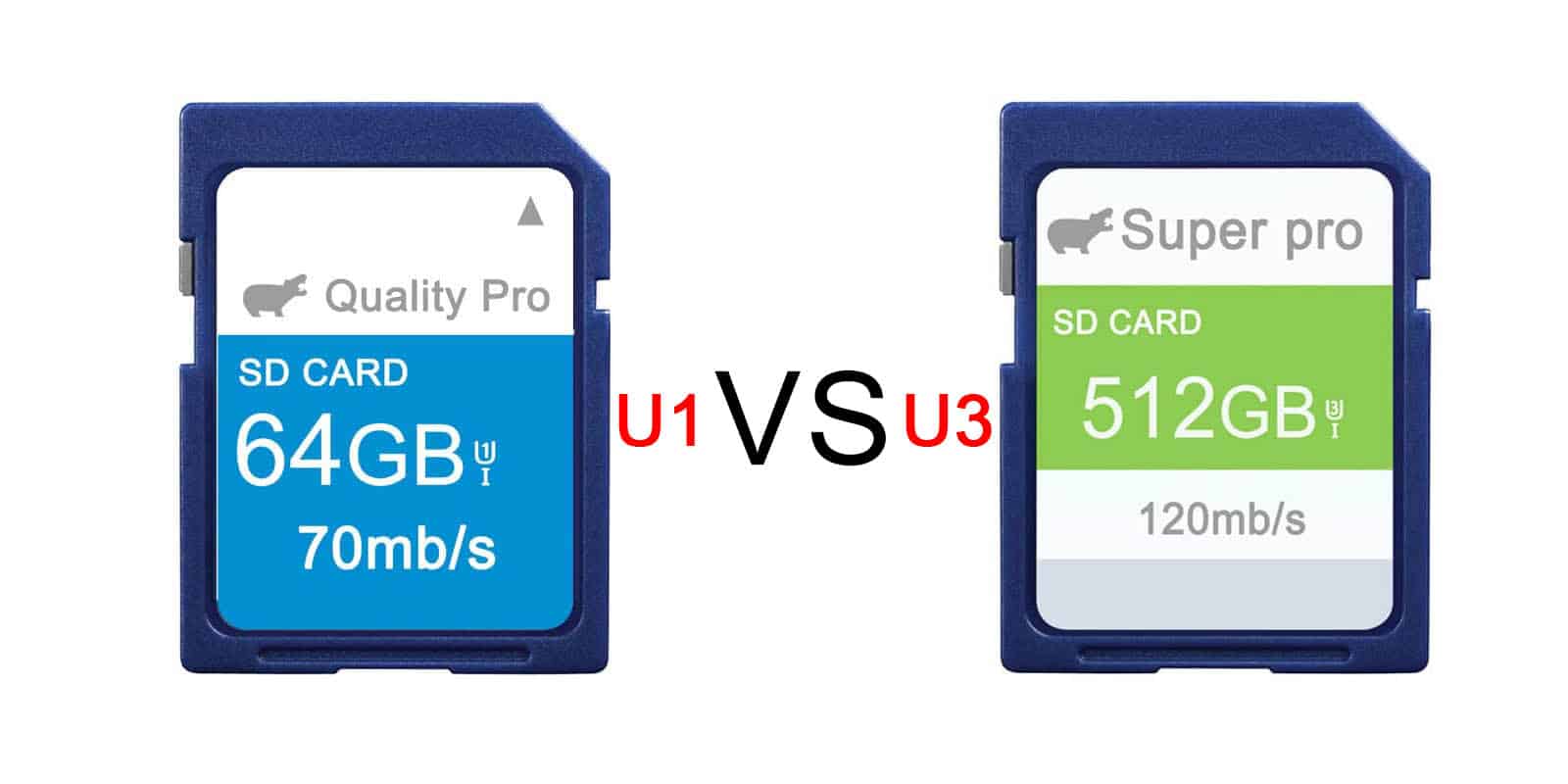
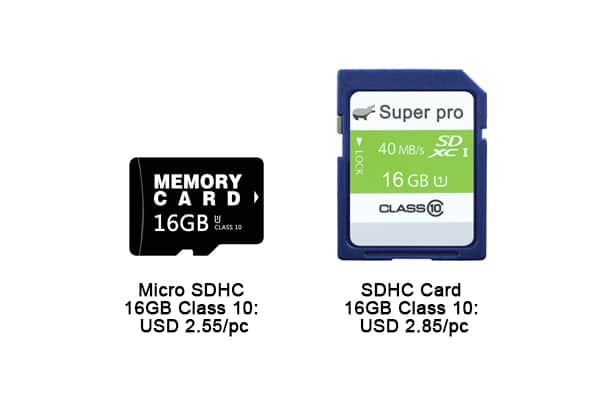
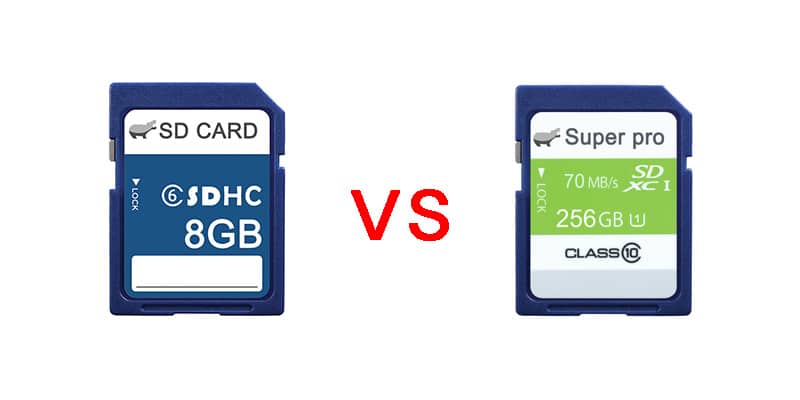
Leave a comment